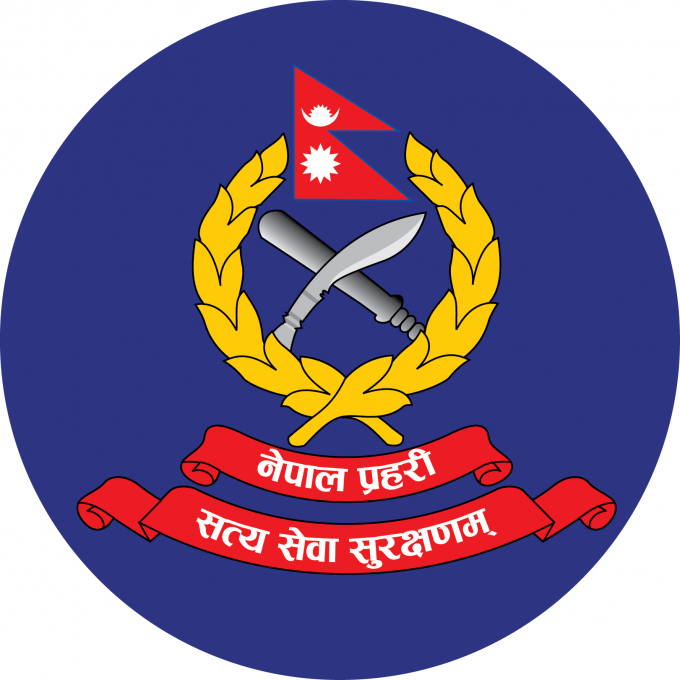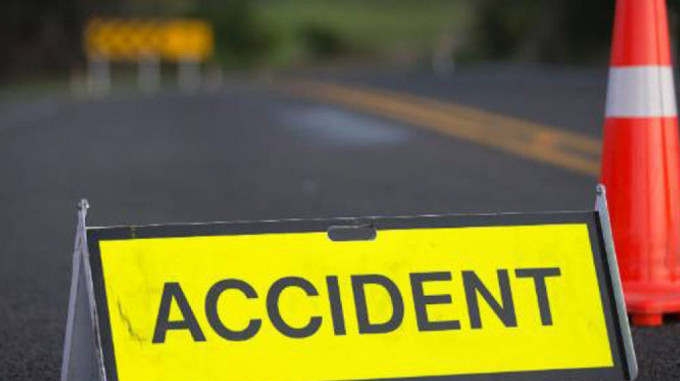With the initiation of various immunization programs, Nepal is taking a positive step towards becoming an Asian leader in vaccinating its citizens. The prioritization given by the Government of Nepal and the United Nations to vaccines has resulted in the reduction of many vaccine-preventable diseases.
“Nepal is a high-risk country for typhoid, due to improper hygiene facilities. Therefore, the WHO recommended the Government of Nepal to integrate typhoid vaccine in a child’s routine vaccination program,” says Sagar Dahal, Immunization Section Chief, Ministry of Health and Population, Family Welfare Division, Nepal.
Every year, the last week of April is celebrated as ‘World Immunization Week’ to promote the use of vaccines in order to protect people from preventable diseases. The WHO has ensured the Government of Nepal that necessary guidance and technical support will be provided to implement high-quality immunization programs last week on World Immunization Week 2022.
Nepal begun its COVID-19 vaccination campaign on 27 January, 2021, with one million doses of the Covishield vaccine, donated generously by the Government of India. Initially, the vaccination was limited to the frontline health workers, the sanitation workers, the cleaners and the security officials. As of now, 19.6 million people in Nepal are fully vaccinated against COVID-19, which is around 67.2 percent of the total population of Nepal. Nepal’s COVID-19 vaccination rate is higher than the global outreach of 59.8%. “It was a challenging task to operate immunization programs amidst the pandemic,” Dahal shares with NepalNews.
The Government of Nepal is one of the first governments in Asia to receive COVID-19 vaccines through the COVAX facility after the arrival of a first consignment of 348,000 COVID-19 vaccine doses in early March under the leadership and initiation of the WHO.
Last year, refugees in Nepal became the first refugees in the Asia-Pacific region to receive COVID-19 vaccinations under the national vaccination campaign executed by the Government of Nepal with the support of the United Nations. The fact that the refugees were not excluded from the national vaccination program is a step towards improving access to healthcare and social benefits for the refugees and the vulnerable population in Nepal.
With successfully implemented immunization programs, Nepal became polio-free in 2010. Now, it aims toward the elimination of measles in the near future. One of the major priorities for the Ministry of Health and Population, Nepal, has been to reduce child mortality, morbidity, and disability associated with vaccine-preventable diseases. For this, vaccine doses have been made available in district hospitals, primary healthcare centers, and health posts around the country. So far, the Ministry of Health and Population has declared 18 districts as fully immunized. Yet, according to the United Nations International Children's Emergency Fund (UNICEF), there are many pre-existing challenges to immunization in Nepal, including low awareness amongst people about the urgency of full immunization.
Vaccine storage in Nepal is weak. The Government of Nepal has mandated using auto-disable (AD) syringes and safety boxes in all immunization activities. However, dry space for the storage of syringes and safety boxes is inadequate in some districts resulting in the wastage of vaccines. The Department of Health Services, Nepal, has publicized Nepal’s vaccine storage problem in their report. The wastage rate of polio vaccines due to improper storage facilities is incredibly high. 77.98 percent of polio vaccines were got disposed of in Nepal in the year 2010, as did 63.63 percent of measles vaccines in the same year. “Previously, we had a problem maintaining proper vaccine storage, but we have received support from the World Health Organization, which helps greatly in implementing routine immunization programs,” says Dahal.
“We have made good progress in terms of COVID-19 vaccinations, but people are now hesitating to get their booster dose. That is due to lesser campaigning of the booster dose from the government’s side itself,” concludes Immunization Chief Dahal.
READ ALSO:










